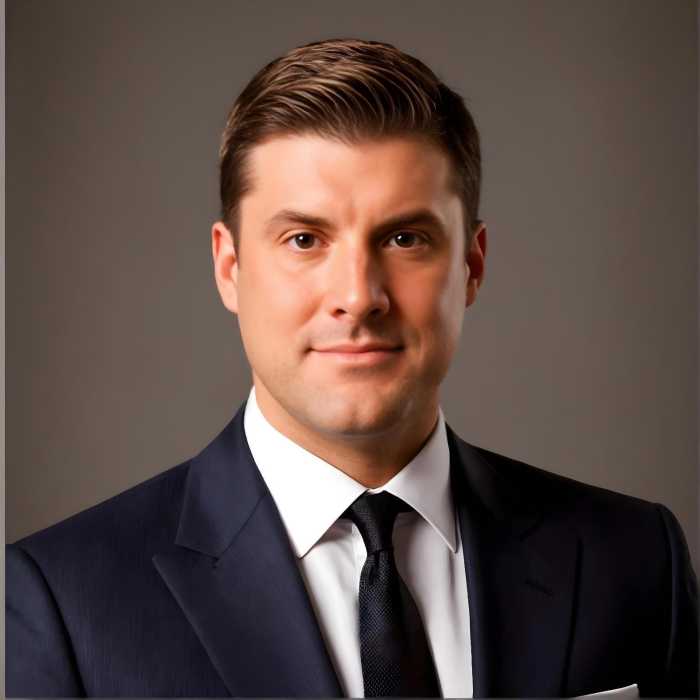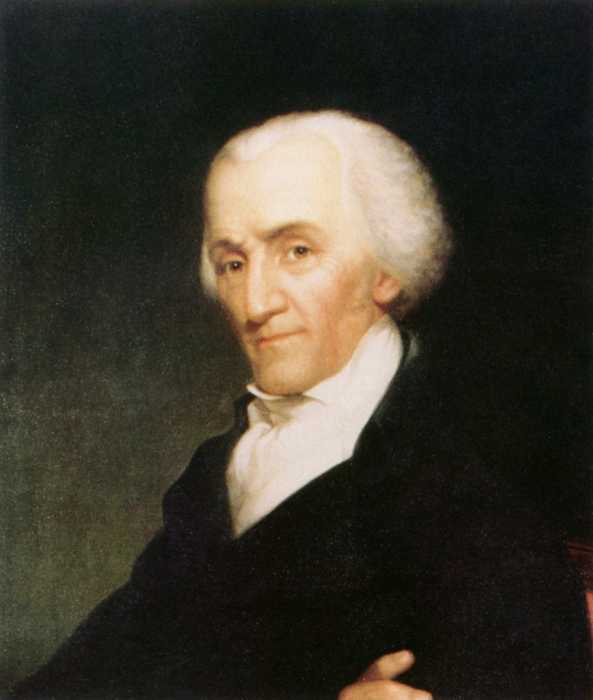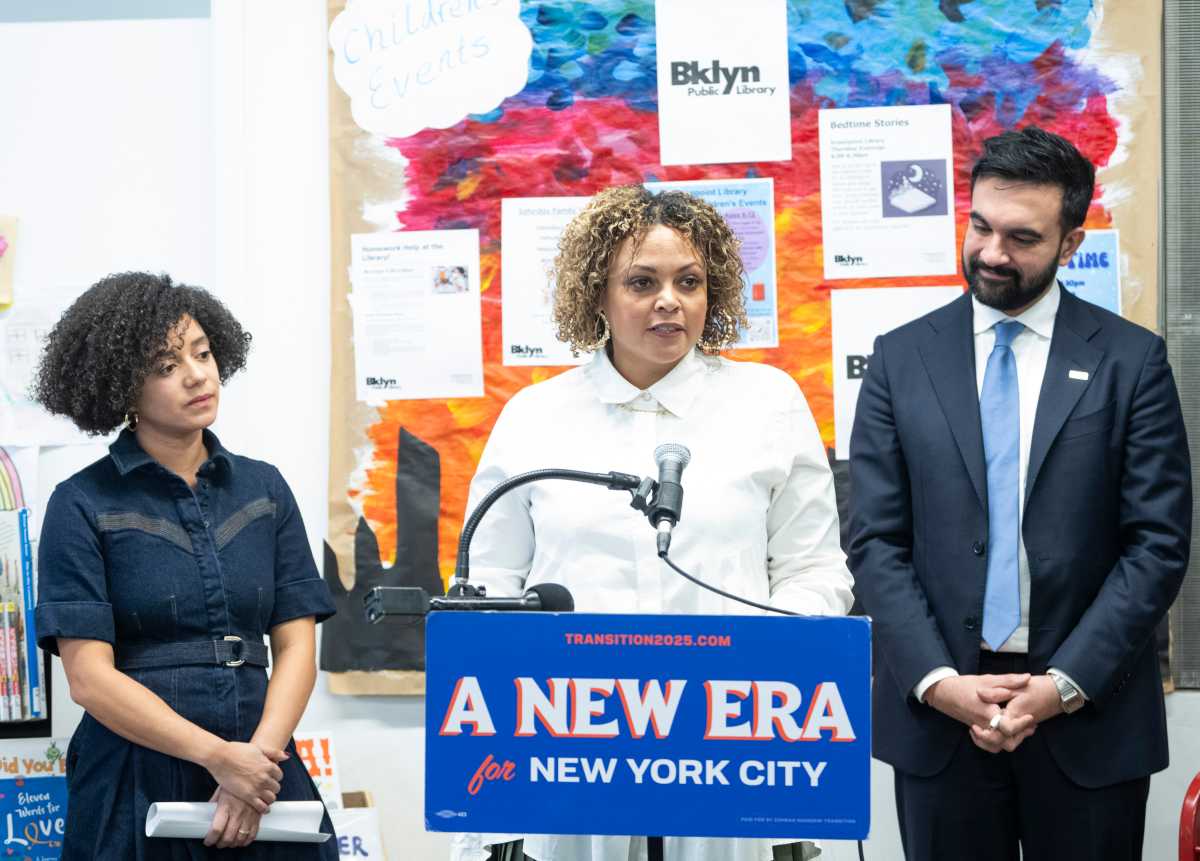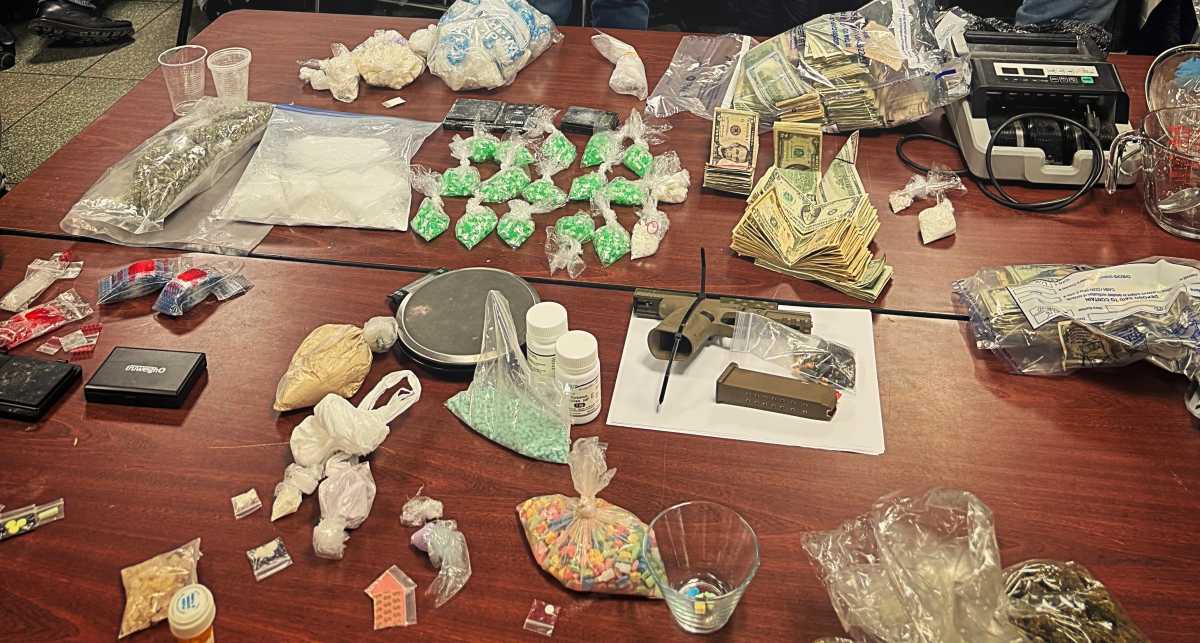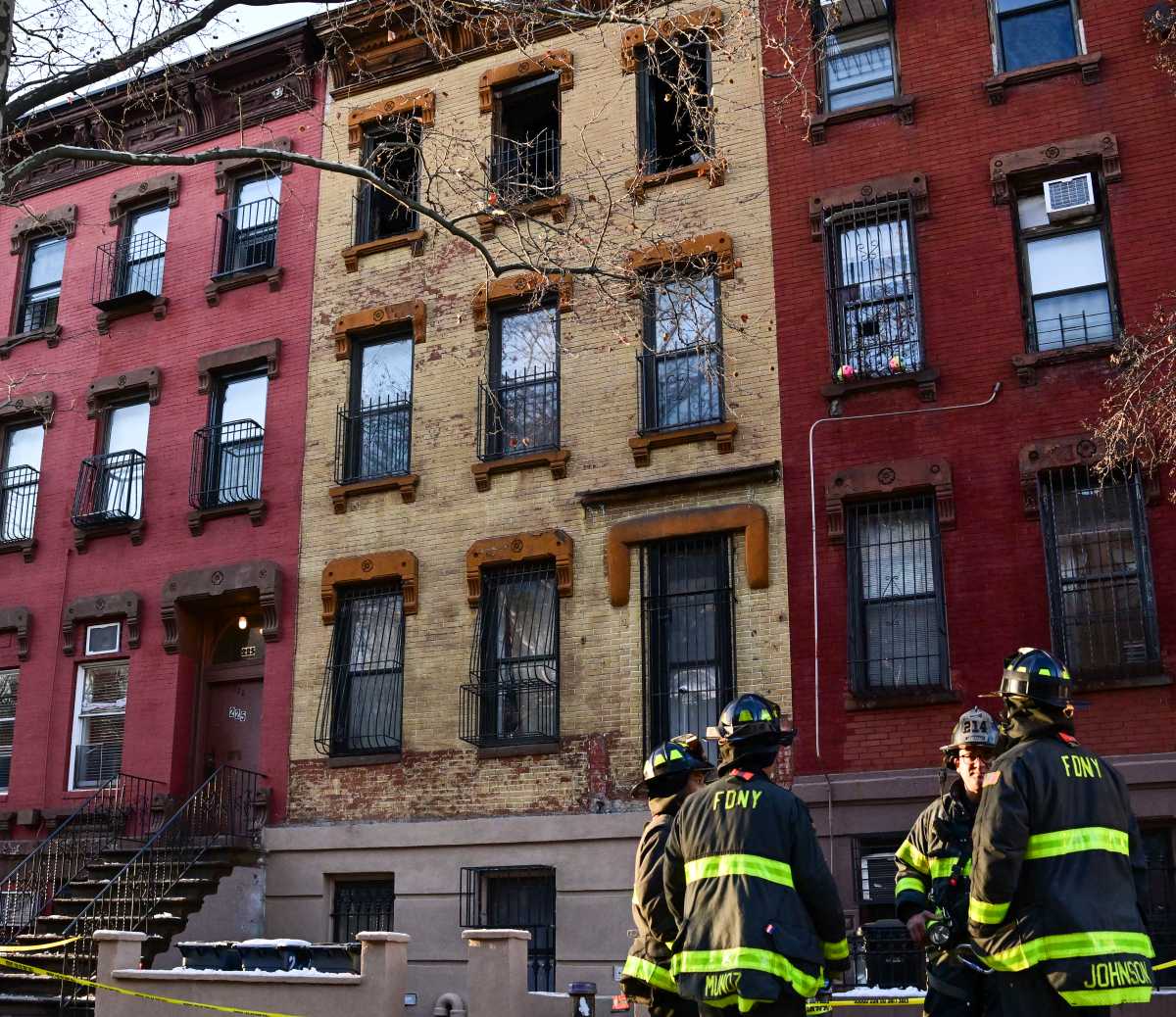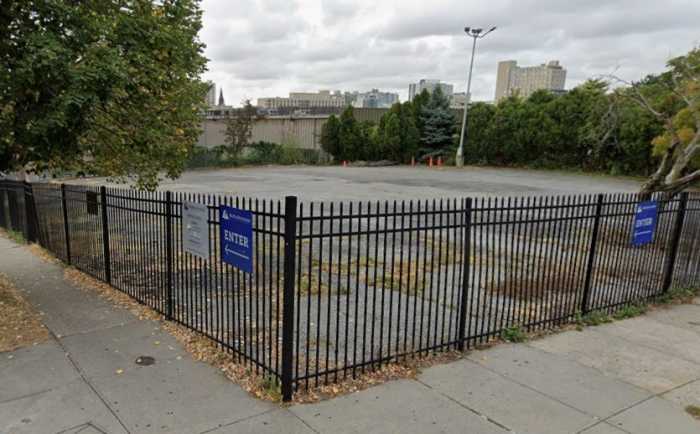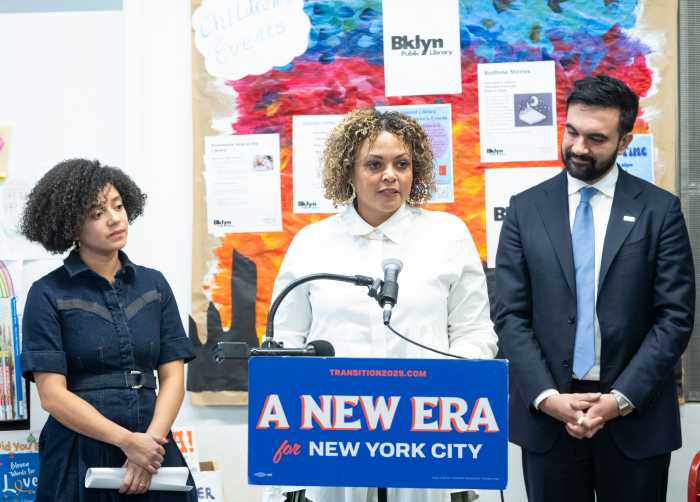
Joseph Salvo, head of the Population Division at the NYC Department of City Planning, spoke directly to the camera in a basement conference room in late February.
The conference room was empty but the camera did the work for Salvo, beaming his suit-and-tie visage to jurisdictions around the country from New Jersey to Nebraska, where officials in Salvo’s line of work tuned in to learn about what he does best: making sure the residents of his city get counted.
One. Two. Three. . .
The next nationwide census — in 2020 — is fast approaching, and as with all censuses it will have far-reaching consequences, even before factoring in new census challenges coming from Washington. The decennial U.S. population count determines how to distribute billions of dollars in funding to localities. It underlies redistricting and affects congressional representation. The process even has a hand in how to judge whether communities are healthy (by providing the denominator for health rates). Undercount your population at your peril. This is something that Salvo takes seriously.
Which is why he has become an expert at finding where people live. During a 120-day period this spring, local governments will have their main opportunity to make sure the U.S. Census Bureau has the most complete list of residential addresses (it’s called the Local Update of Census Addresses Operation, or LUCA). Without the right addresses, census materials can’t be sent to every resident, and fieldworkers won’t know where to follow up.
It’s surprisingly easy for spots to be missed. In 2000, for example, the first year of the LUCA operation, Salvo and his department added some 439,000 housing units citywide to the bureau’s original list of addresses. Small wonder, then, that representatives from two dozen jurisdictions tuned in to his webinar (his first) last month.
On his slideshow and in a question-and-answer period, Salvo described some of the techniques used to make sure no addresses are overlooked. That includes analyses of tax data, satellite imagery, and extensive field work to find new construction and overlooked residences. Salvo described how his staffers fan the boroughs to sniff out labeled doorbells, extra mailboxes, converted garages and illegal subdivisions, for example. The department has already begun ahead of LUCA’s start, and Salvo said there could be more than 100,000 units missing this time around.
Part of what makes Salvo so good is that he knows his city. After growing up in the Bronx, he left to briefly work in the U.S. Census Bureau in the 1980s before returning to live just blocks from his parents. “Because I’m Italian,” Salvo says.
Counting everyone, block by block
This is Salvo’s fourth census working for New York. Beyond prepping for those efforts, his work in practical demography is also far-reaching. Accurate understanding of who lives where in NYC is helpful to nonprofit and government agencies trying to provide services to New Yorkers, for example.
“I cannot think of any other municipal civil servant who has the national stature that Salvo has,” says Richard Alba, distinguished professor of sociology at the CUNY Graduate Center in an email.
“You couldn’t do better than Joe,” says Andrew Beveridge, former chair of the Queens College department of sociology.
Still, Salvo has his work cut out for him this census. The reams of new construction coming on line have to be accounted for either now or before the census begins. But more importantly, census obstacles on the national realm could have an enormous impact on NYC, including a leadership vacancy in the bureau and a disturbing lack of funding. The federal government is also considering the potential reinstatement of a question asking residents’ citizenship status, which hasn’t been asked of all residents in decades. That could mean a “disaster for response,” Salvo says. Non-citizens might be less likely to respond, resulting in a major undercount for populations who can ill afford it.
Those immigrant populations are crucial to New York, says Salvo. New York’s population is younger and thus more vibrant than the national average, partially because of the constant influx of immigrants. “They’re gold for this city,” Salvo says.
Though that hardly matters in the world of the census, which should operate under a very simple principle.
“The census is a census of everyone,” Salvo says.




